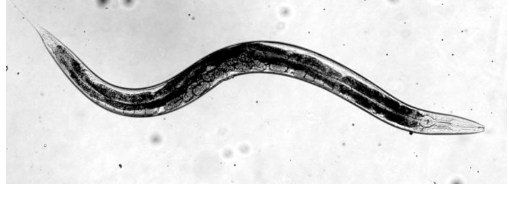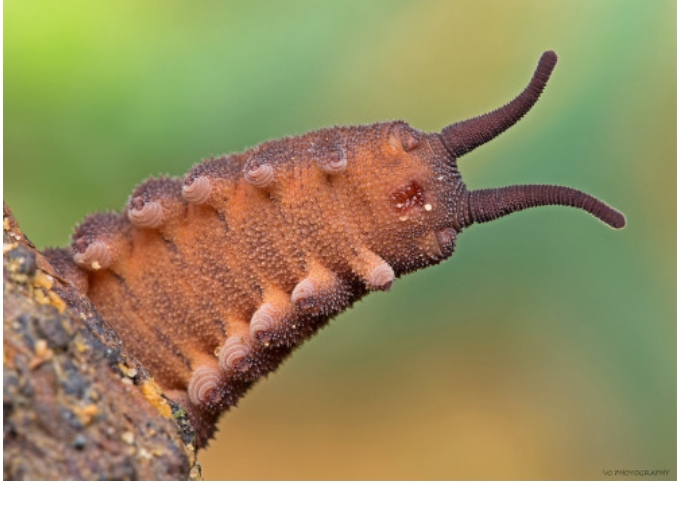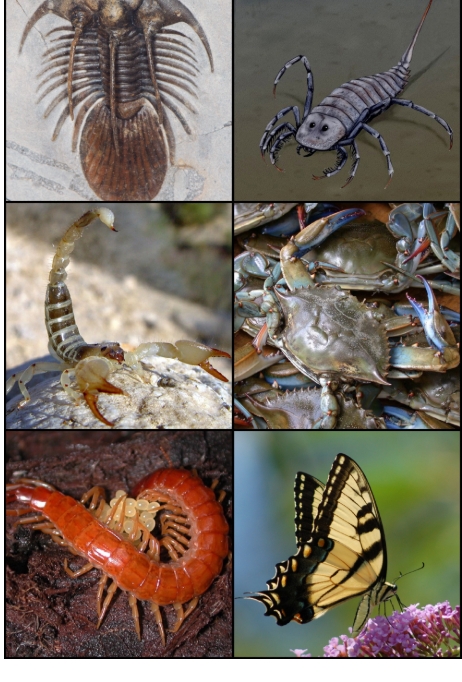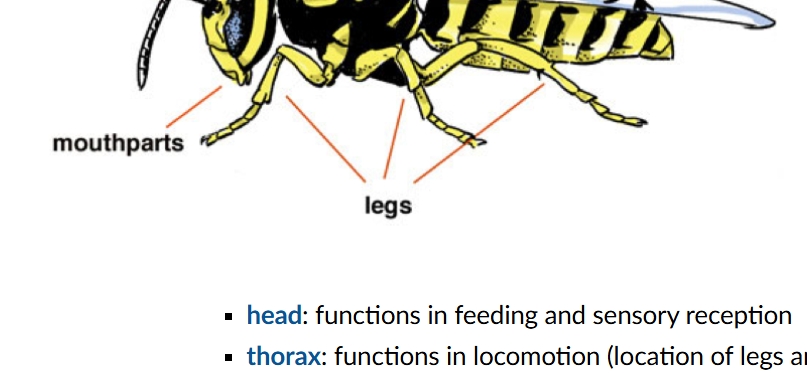The ecdysozoans
1/13
There's no tags or description
Looks like no tags are added yet.
Name | Mastery | Learn | Test | Matching | Spaced |
|---|
No study sessions yet.
14 Terms
Ecdysozoans
Include 8 phyla that are linked through molecular data and have the ability to shed their external cuticle through ecdysis or molting.
This clade is very diverse but only focusing on Nematoda, Onychophora, and Arthropoda.
Ecdysis
Process in which the outer cuticle or exoskeleton is periodically shed, n=and a new, larger covering is formed. ex. snake
Cuticle
Outer covering found in some ecdyzoans, can be alone or on the outer surface of the exoskeleton; does not have attachment points for muscles.
Exoskeleton
Chitinous outer covering found in some ecdysozoans; does have attachment points for muscles, can be impregnated by CaCO3.
Metamorphosis
Life cycle that includes immature (larva/pupa/or nymph) and mature (adult) forms. Benefit= resource partitioning.
Chelicerae
Specialized mouth parts of the chelicerates
Pedipalps
Modified leg like appendages of chelicerates; used to capture/manipulate food.
Mandibles/ Maxillae
Mouthparts found in some arthropod subphyla.
Cephalothorax
Fused head and thorax region
Pedicel
In spiders, a small waist that connects the cephalothorax and abdomen
Ecdysozoan characteristics
Ecdysozoans are triploblastic, bilaterally symmetrical protostomes with a complete digestive tract. They vary in coelom type and may or may not have body segmentation. Unlike lophotrochozoans, ecdysozoans grow by shedding their outer cuticle or exoskeleton in a process called ecdysis (molting). During ecdysis, the animal secretes enzymes to break down the old cuticle, discards it, and forms a new, larger one. This growth period is brief, and animals often remain hidden while the new covering hardens. An example is the soft-shell crab, which has recently molted and is still forming its new exoskeleton.
Phylum Nematoda
Nematodes, or roundworms, are abundant ecdysozoans found in many environments, with some species being common parasites. They are unsegmented and have a consistent shape due to their internal structure. Their muscles run lengthwise (longitudinal only), causing a whip-like movement. Nematodes are pseudocoelomates and lack circulatory and respiratory systems; their pseudocoelom helps with these functions and serves as a hydrostatic skeleton. Males are usually smaller than females and can be identified by structures like copulatory bursae or spicules, used in internal fertilization.

Phylum Onychophora
Onychophorans, or velvet worms, are segmented, terrestrial ecdysozoans with both a pseudocoelom and a true coelom. They have leg-like appendages called lobopods and use mandibles as mouthparts. Velvet worms are known for their unique mating behaviors and have special slime glands that shoot sticky slime, like a sprinkler, to capture prey.


Phylum Arthropoda
Arthropods are the largest and most diverse animal phylum, making up about 75% of all known animal species, with millions more yet to be discovered. They are segmented coelomates and the only invertebrates capable of flight. Unlike other ecdysozoans, their exoskeleton contains chitin.
Key Characteristics Contributing to Their Success:
Segmentation: Body segments are fused into specialized regions for efficient movement.
Chitinous Exoskeleton: Provides waterproofing and protection.
Jointed Appendages: Allow for fast and flexible movement.
Highly Developed Senses: Includes vision, chemoreception, and sensory hairs.
Rapid Reproduction: Short life cycles and large numbers of offspring.
Varied Respiratory Systems:
Gills (aquatic species)
Book gills (horseshoe crabs, large spiders)
Trachea and spiracles (terrestrial species)
Metamorphosis: Reduces competition between adults and immature stages by separating habitat and food sources (e.g., mosquito larvae are aquatic, adults are terrestrial).
Arthropod Subphyla:
Subphylum Chelicerata (e.g., spiders, scorpions, ticks):
No antennae
Body: cephalothorax & abdomen
Mouthparts: chelicerae and pedipalps
Respiration: book gills and/or trachea
Subphylum Crustacea (e.g., crabs, lobsters, shrimp):
Two pairs of antennae
Body: cephalothorax & multipart abdomen
Mouthparts: mandibles and maxillae
Respiration: gills
Subphylum Myriapoda (centipedes & millipedes):
One pair of antennae
Body: head & trunk
Mouthparts: mandibles and maxillae
Respiration: trachea
Subphylum Hexapoda (insects):
One pair of antennae
Body: head, thorax & abdomen
Mouthparts: mandibles and maxillae
Respiration: trachea (some larvae have tracheal gills)
Only arthropod group capable of flight
